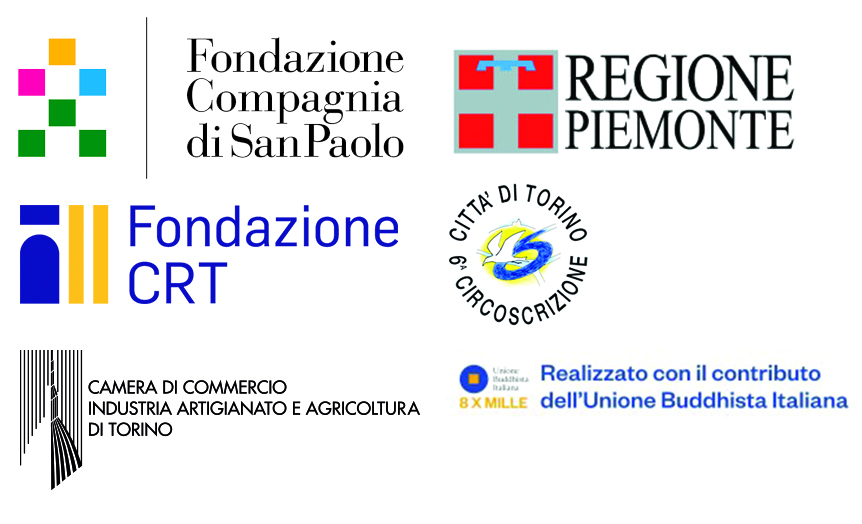Mercury was one of the most significant exponents of the generation of Italian art that emerged between the second half of the Eighties and the early Nineties.
His style, completely in tune with the dimension of post-modernity, is centered on a refined painting, full of historical, philosophical citations and related to the current events or the artist’s biography The ironic hermeticism of Mercury is expressed with the drafting of a dense carpet of leaves from where faces and human bodies flash, whose face is always hidden, or symbolic objects and animals, which take on an anthropomorphic function, as divine messengers. The presence of captions integrating the work is frequent, as was typical of the nineteenth-century romantic and pre-Raphaelite tradition. In the last phase of his career, Mercury will expand painting outside the canvas, decorating objects of common use and charging them with an exemplary symbolic value. Unfortunately Mercury will die at the age of only 47, in 2002, following a fulminant illness, in a moment of take-off in his career, even in the international arena. In his short career the artist boasts the participation in important group exhibitions in Italy and Germany, where his work has been acquired by several museums, the personal exhibitions in the VSV and Weber galleries in Turin and Angelo Falzone in Mannheim, the anthology following his death. set up in 2002 in the Historical Rooms of Palazzo Bricherasio. His works are part of the permanent collections of the Modern Art Gallery of Turin, of the Sandretto Foundation, of the Castello di Rivara. “Canto metropolitano”, a work of exemplary formal rigor, is the symbol of the Urban Art Museum for its quality, for being one of the mural paintings created in the first experimental phase between 1995 and 1996, and in homage to the memory of ‘artist.
http://officinebrand.it/offpost/mau-museo-darte-urbana-artisti-e-opere-1/



